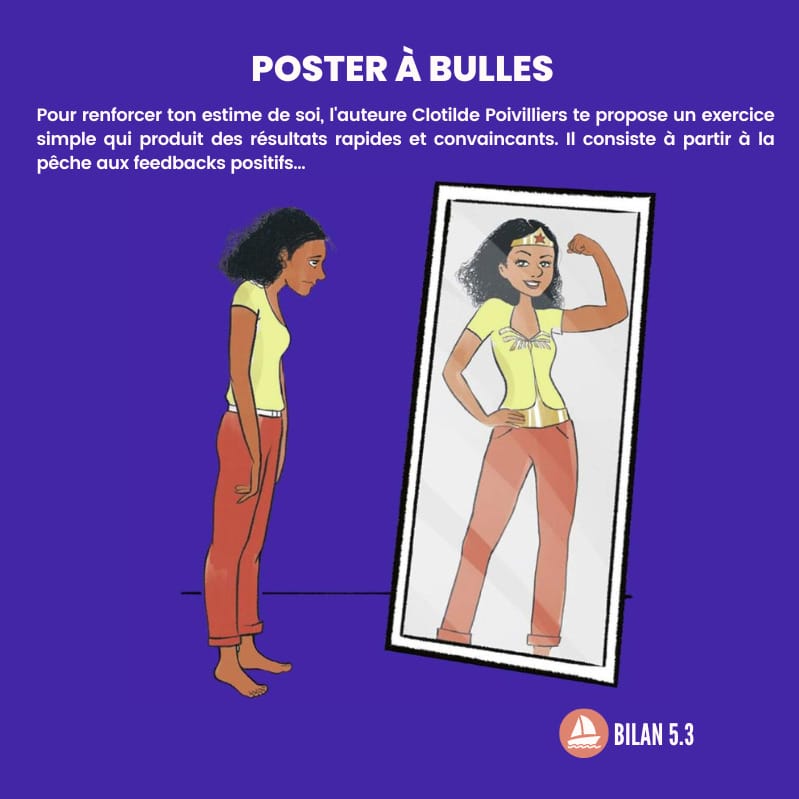Why does the heat make physical activity riskier?
When you are active and the weather is hot, the body has to work twice as hard to maintain its temperature.
Thus, to evacuate the excess heat, it must circulate more blood in the skin. There is then less blood available for the muscles. The heart must also speed up.
High humidity adds an additional difficulty, because the body cannot dissipate heat through sweat, which then evaporates more difficult through the pores of the skin. Result: the body temperature rises.
Choose the right time and the right place
|
Heat stroke |
Take a look at the weather forecast and heat wave alerts before you set off on a bike, hike, etc. You will avoid unpleasant surprises and can plan accordingly, for example choosing to train in the morning before the sun is too bright or in the evening.
If possible, choose a place in the shade. Sports in the water (aqua fitness, swimming pool running, swimming, etc.) are also good options when the weather is hot. However, watch the parts outside the water (head, back) that can be the target of sunburn.
Is it really too hot? Go to the gym, try a power yoga DVD at home, climb stairs in an air-conditioned building, take a walk in the forest protected by the foliage of trees, and more.
Choosing the right clothes
Wear appropriate clothing: light, loose enough to allow perspiration to evaporate and preferably light colors since dark shades absorb the sun’s rays. Don’t forget a hat, ideally with a wide brim.
Adjust its intensity
 Don’t try to perform as usual. Whether you’re a Sunday golfer or an experienced runner, slowing down is normal in hot weather.
Don’t try to perform as usual. Whether you’re a Sunday golfer or an experienced runner, slowing down is normal in hot weather.
Give your body time to acclimatize to the heat, especially if you are used to training indoors. Take it easy, especially the first time. Then gradually increase the intensity and duration during the first 2 weeks.
If you’re just beginning to train or engage in a new activity, be aware that your body may have a lower tolerance for heat. Reduce your intensity and take frequent breaks.
Drink without waiting for thirst
 Drink enough. Dehydration is the root of most heat-related illnesses. Also, don’t wait until you are thirsty to drink. Start hydrating before you even start your activity. Water or sports drinks containing electrolytes are recommended. Avoid alcohol, which can increase water loss.
Drink enough. Dehydration is the root of most heat-related illnesses. Also, don’t wait until you are thirsty to drink. Start hydrating before you even start your activity. Water or sports drinks containing electrolytes are recommended. Avoid alcohol, which can increase water loss.
Watch for warning signs
Watch for the first signs of weakness or discomfort: thirst, cramps, dizziness, headache, and nausea. Then interrupt your training or activity, take refuge in the shade or in a cool place. This will prevent heat stroke, which can strike very quickly.
|
Heat exhaustion: what to do? It is caused by the increase in body temperature which can reach 40 ° C. Symptoms experienced are nausea, vomiting, headache, weakness, clammy skin, etc. It is therefore important to lower the temperature and restore hydration. Find a cool place and make sure the person is not left alone. Remove clothes that keep too much heat. Direct a stream of cool air at the person if possible or dampen a towel with cold water. If there is no improvement after 30 minutes, contact emergency services. |
Claudia Morissette – HealthPassport.net
July 27, 2011
According to the Mayo Clinic, “Heat and exercise: Keeping cool in hot weather”










-1698484526.jpg)




